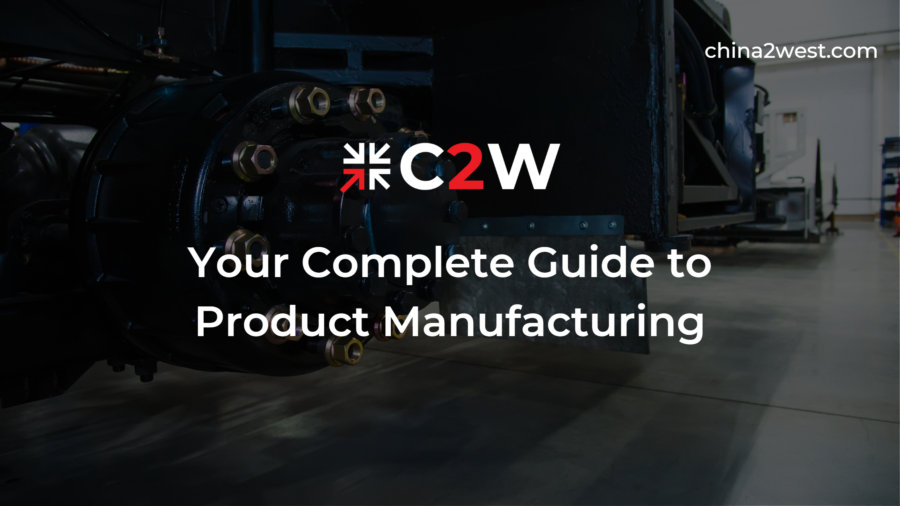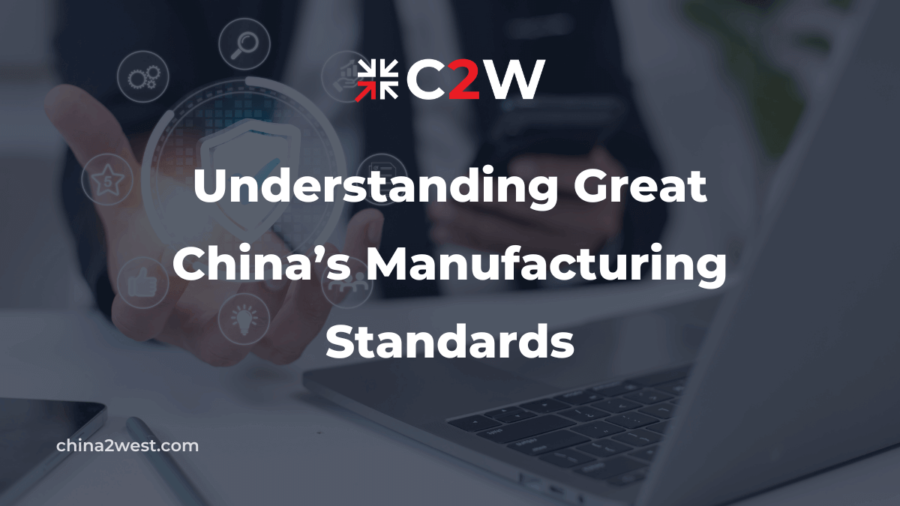Projections show that the global manufactured goods market will reach $1.289 trillion by 2027.
Product manufacturing is essential for many of the goods that people purchase in today’s world. You might have an idea for a product, but if you want to bring it to life, you’ll need to find a reliable manufacturing company. Having an idea of how the product manufacturing process works will enable you to choose the right manufacturer and make your idea a reality.
For a rundown of how product manufacturing works, keep reading.
What Is Product Manufacturing?
Product manufacturing typically covers the entire process of taking something from an idea/concept to a final product. Sometimes it also relates to reintroducing an old product back to the market or renewing an already available product.
The process involves various aspects such as identifying customer needs, developing concepts, building a product roadmap, and launching the product. Collecting user feedback is a crucial part of this as it can help guide decisions relating to changes to the product or new products in the future.
The Product Manufacturing Process – 7 Steps
Manufacturing production is an in-depth process, and relies on people working in a range of roles. NPD (new product development) involves developing an entirely new product. The process can vary by industry, but it typically always follows the same 7 key steps.
1. Idea Generation
All products start with an idea. This can often be the most difficult part of the process as people are looking for inspiration or a spark of genius to come up with something new. In many cases, new ideas are based on existing products with certain alterations.
Some people ask questions about existing products using the SCAMPER model to come up with product ideas:
- Substitute (e.g. faux leather instead of leather)
- Combine (e.g. a phone case with a built-in battery pack)
- Adapt (e.g. a car with built-in WiFi)
- Modify (e.g. a laptop with a sleeker design)
- Put to another use (e.g. using charging ports on phones as an audio output)
- Eliminate (e.g. electric cars with no engine)
- Reverse/Rearrange (e.g. a suitcase made with less material to reduce weight)
When doing this, it’s important to ensure your new product isn’t too similar to any that are already on the market.
2. Market Research
Once you’ve got an idea, you’ll want to ensure it will do well before you go on to product design. Look into your target market to ensure it meets a specific need. Through product validation, you can determine if people will pay for your product so that you don’t waste time and money creating it only to see it fail.
There are several ways you can do this, such as:
- Sending out surveys
- Researching market demand
- Asking for feedback from online forums
- Presenting a product launch roadmap to gauge interest
Ensure the feedback you get is substantial and unbiased. This will let you know that it’s viable enough to continue with your idea.
3. Planning
Without proper planning, things can quickly fall apart. You should create a roadmap for the entirety of the process so that you can stay on track. This will include a design of your final product and exactly how it will work.
Note that while your roadmap will guide you from start to finish, it doesn’t need to be set in stone. Things will change as the process goes on, so you need to be able to adapt.
4. Prototyping
Once you have a solid plan laid out, you can start building prototypes of your product. These will allow you to test different variations to see what features work and what ones don’t.
You can also try out different materials and manufacturing processes. This will help you develop the best final product, and figure out the most suitable way to manufacture it.
5. Sourcing
At this point, you’ll want to start sourcing what you need to begin producing your product in large quantities. You’ll need to be able to work with the right partners to gather the required materials, select vendors, begin a supply chain, and more. This can also be a good time to secure storage, shipping, and warehousing.
China 2 West provides high-quality manufacturing and sourcing services in China. We can assist you with your product manufacturing needs and bring your product to the world.
6. Costing
No matter how solid your plan is and how good your product is, you’ll need to make sure you have the finances to carry out the production. You need to look at all the information you’ve gathered up to this point and work out the COGS (cost of goods sold).
When you have a COGS, you can then determine various other pricing factors. This includes things like a suitable retail price and the potential profit from each unit.
7. Commercialization
By now, your product will be ready for you to start manufacturing and selling it. You’ll need to market it in whatever way is most suitable, and there are several options for this:
- Sending out product launch emails
- Promoting it via social media
- Using affiliate marketing
- Getting featured in gift guides
How you do this will depend on your budget, your industry, and the nature of your product.
Bringing Your Product to Life
Proper product manufacturing will help you take your product from the initial concept stage all the way to the point of sale. It’s important to follow the process so that you can cover everything you need to.
China 2 West offers various types of manufacturing that can help you through the entire journey. Find out more about our product development services today.


